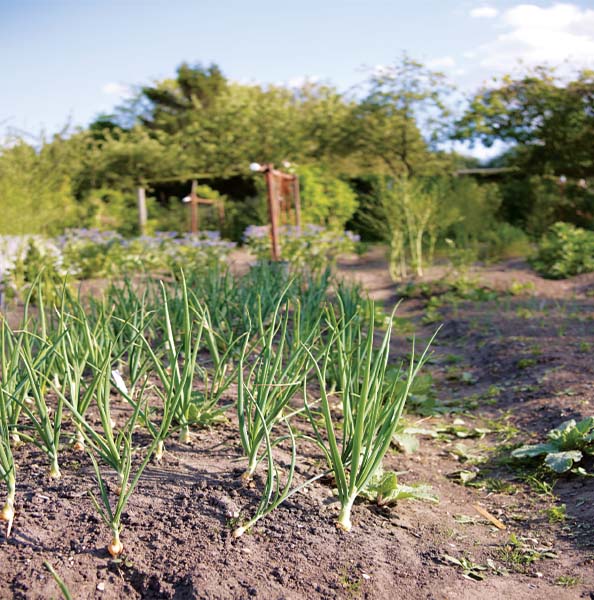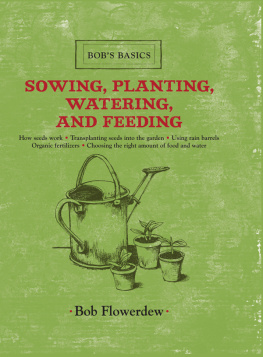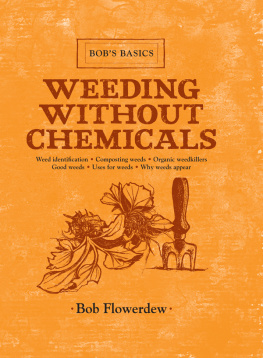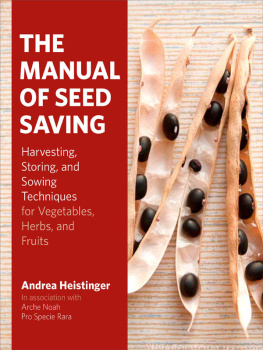

Copyright 2012 by Bob Flowerdew Design 2010 by Kyle Cathie Limited Photography 2010 by Peter Cassidy Illustration 2010 by Alison Clements
All Rights Reserved. No part of this book may be reproduced in any manner without the express written consent of the publisher, except in the case of brief excerpts in critical reviews or articles. All inquiries should be addressed to Skyhorse Publishing, 307 West 36th Street, 11th Floor, New York, NY 10018.
Skyhorse Publishing books may be purchased in bulk at special discounts for sales promotion, corporate gifts, fund-raising, or educational purposes. Special editions can also be created to specifications. For details, contact the Special Sales Department, Skyhorse Publishing, 307 West 36th Street, 11th Floor, New York, NY 10018 or info@skyhorsepublishing.com .
Skyhorse and Skyhorse Publishing are registered trademarks of Skyhorse Publishing, Inc., a Delaware corporation.
Visit our website at www.skyhorsepublishing.com .
10 9 8 7 6 5 4 3 2 1
Library of Congress Cataloging-in-Publication Data is available on file.
ISBN: 978-1-61608-636-7
Printed in China by 1010 Printing Ltd
Contents






Introduction
Gardening involves many things; from mowing the lawn to turning compost, from weeding and pruning to hedge trimming and deadheading. But at the heart of it all lies the nurturing and coaxing of plants we love because we want them to thrive, and, as with babies, their earliest days are the most important. Its crucial to get everything right from the start.
Sowing, planting, watering, and feeding are the four areas in which many mistakes and errors can easily be learned by trial and error. This learn by your mistakes approach, although interesting and educational, takes rather long to produce good results. As much as I deplore a too rigid do it by the book mentality, at the same time the book is usually rightbut only if its the right book. And for these important subjects there is a right way. Here we are dealing with an automatic feedback systemyou get it right, then fine; you get it wrong, your results will soon stare you in the face.
Not that these are at all difficult tasks, its just that some things are better not left to common sense. For example, it may not, at first, seem very logical that good garden soil should not be used as a sowing medium in a pot for small seeds, or even for growing many plants. But it really is not suitable for a multitude of reasons and so will give disastrous results. Neither is garden soil a good planting medium for containers. Likewise with watering and feeding, counter-intuitively, too much is much, much worse than not enough.


Sowing
We sow seeds to grow plants, or rather so that seedlings will grow on into small plants. Becoming bigger, these eventually flower and set seeds of their ownif we havent eaten all or part of them before then. Perhaps the majority of seeds sown are for crops, as this is the cheapest way of getting huge numbers of plants. We also commonly sow hardy annualstough flowering plants that only live a year or soas this is almost the only way we can grow them.

Sow seed as if each was the last left in the world, that is, very thoughtfully and carefully
Nearly all plants can be grown from seed, especially the wild forms. This is fine for the majority of flowering plants and trees. However some plants produce better results if they are bought in as choice plants that have been grafted, slipped, or split, such as most fruit trees and many of the best ornamentals. (These are vegetative methods of multiplying identical plants by growing small pieces of one plant on new roots to maintain unique attributes, such as flower color or, in the case of fruits, to make a smaller tree.) Still, plants grown from seed are usually of a far more vigorous nature than those that have been vegetatively reproduced, are more resistant to pests and diseases, and sometimes are better. This is especially true of the carefully bred F1 varieties, which are very consistent with near identical results but, unfortunately, do not then set seed with the same outcome and thus must be bought fresh each year.
How seeds work
Seeds are very slow living, but alive nonetheless. Theyre packages of all the materials, save water and oxygen, needed to make a seedling and to get its first leaves up into the sun. Some seeds stay alive for a very long time, but the vast majority only last a matter of months, or a few years at most, even when stored in cool, dark, and dry conditions.
A few seeds will only germinate when fresh, but most are designed to await the occurrence of certain conditions before germinating. When these do occur, the seeds respond by waking up, sucking in moisture and air, and pushing down roots while raising a seed leaf or two into the light. This germination and emergence is powered by the seed consuming its reserves, using oxygen, which then produces some heat and the seed exudes carbon dioxide and waste substances. (If you have sprouted edible seeds for the table you will have noticed they require regular rinsing to remove this waste matter.)
So seeds need water and oxygen to germinate and grow, and they also need to get rid of carbon dioxide and wastes. Thus, to germinate, most seeds like to be packed around with moist gritty particlesnot waterlogged, but moistened and aeratedwhich then absorb the wastes and help exchange oxygen for carbon dioxide. Once they have started into life, seeds need to push their seed leaves up and out of the growing medium and into the light. The depth that seeds can cope with being planted at varies, but generally the bigger the seed the deeper it may be sown. But be warned, do not bury seedstoo deep is worse than too shallow. The smallest need to be embedded on the surface and the biggest usually not much deeper than a few times their own size.

Sow two seeds in case one fails, and for the squash family, such as these cucumbers, sow on their edge then cover
The effects of temperature and light
Next page



















